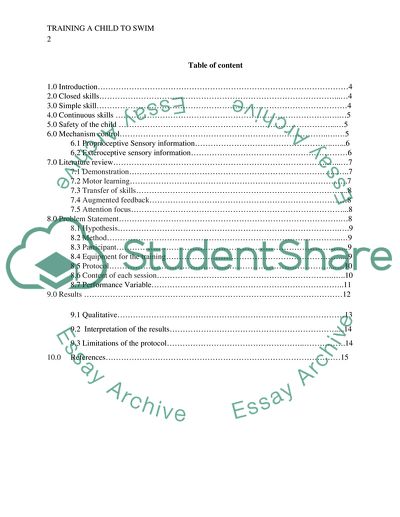Cite this document
(“Training a Child Swimming Safely Term Paper Example | Topics and Well Written Essays - 2500 words”, n.d.)
Training a Child Swimming Safely Term Paper Example | Topics and Well Written Essays - 2500 words. Retrieved from https://studentshare.org/education/1870123-how-to-teach-a-child-swimming
Training a Child Swimming Safely Term Paper Example | Topics and Well Written Essays - 2500 words. Retrieved from https://studentshare.org/education/1870123-how-to-teach-a-child-swimming
(Training a Child Swimming Safely Term Paper Example | Topics and Well Written Essays - 2500 Words)
Training a Child Swimming Safely Term Paper Example | Topics and Well Written Essays - 2500 Words. https://studentshare.org/education/1870123-how-to-teach-a-child-swimming.
Training a Child Swimming Safely Term Paper Example | Topics and Well Written Essays - 2500 Words. https://studentshare.org/education/1870123-how-to-teach-a-child-swimming.
“Training a Child Swimming Safely Term Paper Example | Topics and Well Written Essays - 2500 Words”, n.d. https://studentshare.org/education/1870123-how-to-teach-a-child-swimming.


